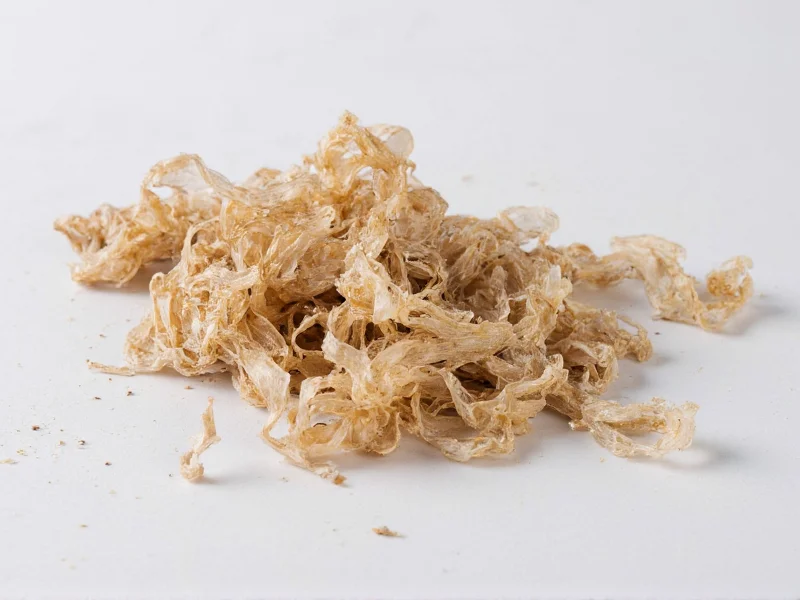The phrase "dried to" most commonly refers to "dried to the touch," a critical stage in painting and coating applications where the surface is no longer wet or sticky when lightly touched, but hasn't fully cured. This intermediate drying phase typically occurs within 30 minutes to 2 hours for latex paints and 6-8 hours for oil-based paints, depending on environmental conditions.
Understanding what "dried to" means is essential for anyone working with paints, stains, or coatings. When a surface is "dried to the touch," it has reached a stage where the outer layer has solidified enough that light contact won't transfer wet material, though the coating hasn't completely hardened throughout. This stage represents a crucial checkpoint in painting projects before proceeding to additional coats or handling the painted object.
What Does "Dried to the Touch" Actually Mean?
The term "dried to" in construction and painting contexts almost always refers to "dried to the touch"—a specific phase in the drying process. During this stage, the liquid components of the paint or coating have evaporated sufficiently from the surface layer, creating a dry-feeling exterior while the underlying layers continue to cure.
This intermediate drying phase serves as a practical indicator for painters and DIY enthusiasts. When paint is properly dried to the touch, you can gently tap the surface with the back of your fingernail without leaving an impression or transferring wet paint. However, the coating remains vulnerable to damage and hasn't achieved its final hardness or chemical resistance.
Factors Affecting Drying Time to Touch
Several environmental and material factors influence how quickly paint dries to the touch:
| Factor | Effect on Drying Time | Optimal Range |
|---|---|---|
| Temperature | Higher temperatures accelerate drying | 65-85°F (18-29°C) |
| Humidity | Lower humidity speeds drying | 40-50% relative humidity |
| Air Circulation | Better airflow reduces drying time | Moderate cross-ventilation |
| Paint Type | Latex dries faster than oil-based | Latex: 30-60 min; Oil: 6-8 hrs |
| Coat Thickness | Thinner coats dry faster | Follow manufacturer's recommendations |
Dried to the Touch vs. Fully Cured
Many people confuse "dried to the touch" with complete curing, but these represent distinct phases in the paint drying process:
- Dried to the touch: Surface feels dry (30 min to 2 hours for most paints)
- Ready for recoating: Sufficient hardness to apply next coat (2-4 hours for latex, 12-16 hours for oil)
- Functional cure: Paint withstands light use (2-7 days)
- Full cure: Maximum hardness and chemical resistance (14-30 days)
Rushing projects by assuming "dried to the touch" means fully cured often leads to problems like imprinting, scratching, or poor adhesion between coats. Professional painters emphasize patience during this critical drying phase to ensure optimal results.
How to Test If Paint Is Truly Dried to the Touch
Accurately determining when paint has dried to the touch prevents costly mistakes. Follow these professional testing methods:
- The fingernail test: Gently touch the back of your fingernail to an inconspicuous area. If no impression remains and no paint transfers, it's likely dried to the touch.
- The breath test: Exhale moist air onto the surface. If the area temporarily darkens but returns to original appearance without留下 moisture marks, drying is progressing properly.
- The tape test: For critical applications, apply painter's tape and remove it immediately. If no paint lifts, the surface has reached touch-dry stage.
Environmental conditions significantly impact these tests. In humid conditions, paint may feel dry but still contain moisture that affects subsequent coats. Always consider ambient conditions when evaluating drying progress.
Practical Applications Across Industries
The "dried to" concept applies across multiple industries beyond residential painting:
In automotive refinishing, technicians must precisely identify when primer has dried to the touch before applying basecoat. In furniture manufacturing, understanding drying timelines prevents defects during assembly. Even in food preservation, the concept of "dried to" applies when determining when fruits or herbs have reached optimal moisture content for storage.
Professional painters emphasize that recognizing the "dried to the touch" stage prevents common issues like:
- "Tackiness" between coats leading to poor adhesion
- Imprinting from handling too soon
- "Fish eyes" or surface defects from premature recoating
- Extended overall project timelines due to correction work
Common Misconceptions About Drying Time
Several widespread misconceptions about "dried to" conditions can compromise project quality:
Many believe that if paint feels dry, it's ready for the next coat—this often leads to adhesion problems. Others assume drying time listed on paint cans applies universally, ignoring how temperature and humidity dramatically affect actual drying. Some think all paint types dry at similar rates, not realizing that alkyd enamels require significantly longer to dry to the touch than modern latex formulations.
Professional painters note that the "dried to" stage varies not just by paint type but also by color—darker pigments absorb more heat and may dry faster than lighter shades under the same conditions. Understanding these nuances helps achieve professional-quality results.











 浙公网安备
33010002000092号
浙公网安备
33010002000092号 浙B2-20120091-4
浙B2-20120091-4